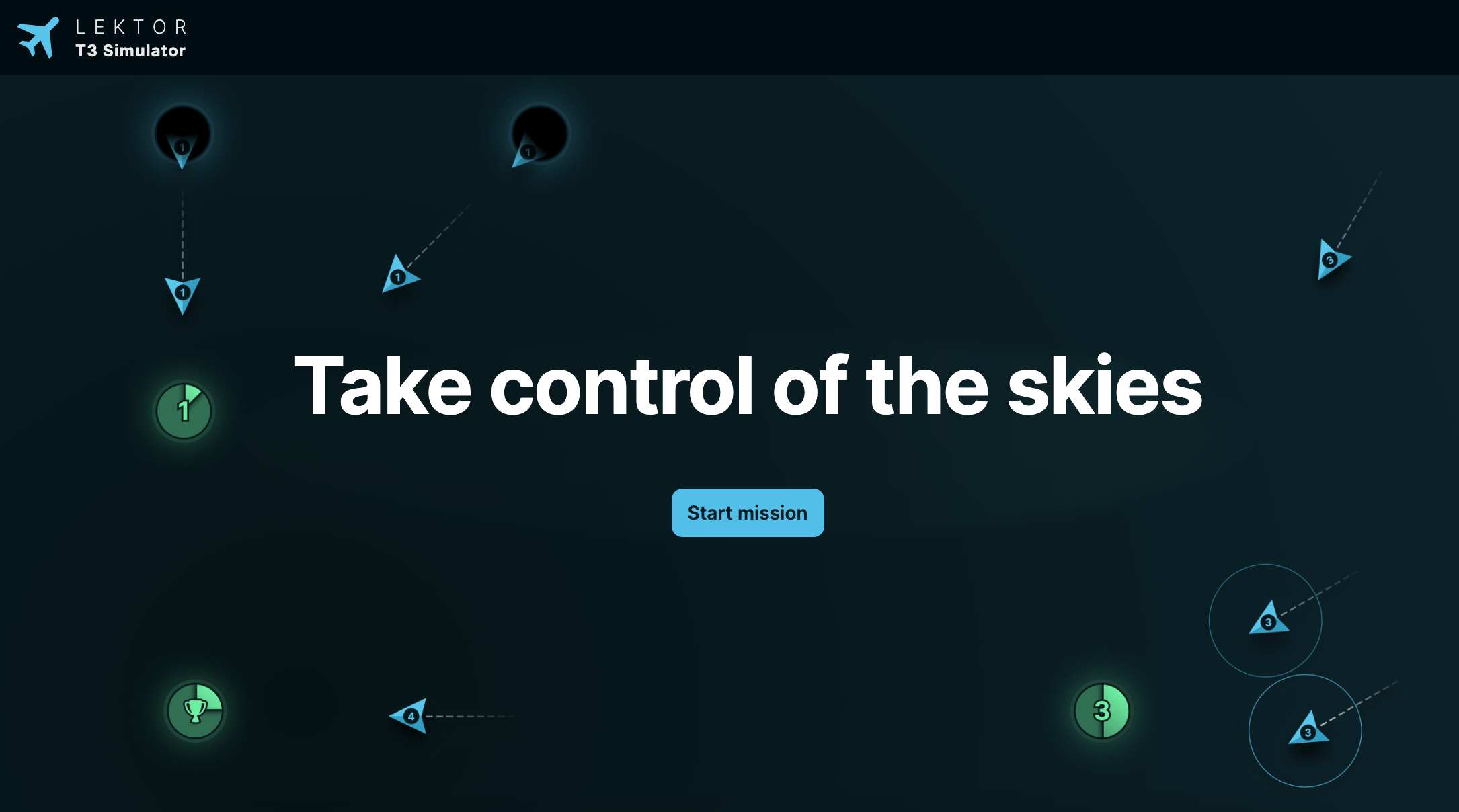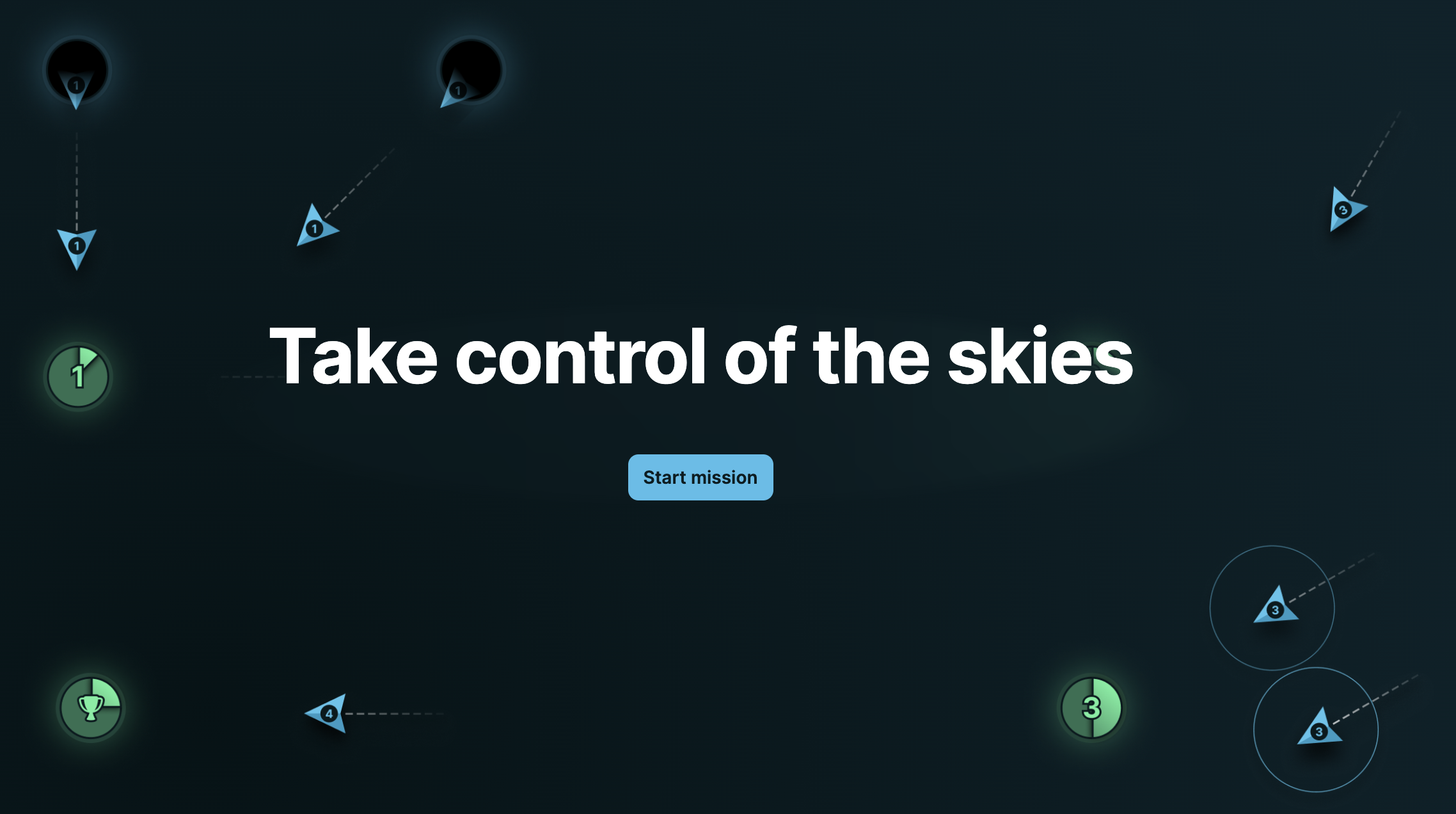Fetus FRQ service by Lektor
Since 2023, the feedback for Lektor’s Say Again learning centers has been ravingly positive and the number of applicants has surprised all of us. After meticulous research, rigorous workshop campaign and AI assisted modeling, we have learned that our goal to start sculpting Air Traffic Controllers from toddler age was not ambitious enough. That is why Lektor is launching Fetus FRQ, a set of soundtracks, designed to shape the development of fetus brain structure to match the strict requirements of the aviation industry.
It has been established that babies can remember what they have heard in the womb for up to six months after being born. This creates an excellent opportunity for parents-to-be, to start managing the little belly dweller’s route to ATC Profession. Fetus FRQ is a subscription based service, where you will receive a set of carefully curated tracks of industry soundscape, which you can play back to your unborn ATCO.
New ATCO on the way
Lektor has designed two distinct sets of tracks for the approriate pregnancy phase. From weeks 30 until 16 before EOBT, the sounds include background ambient noises, such as jet-engine startup, turboprops taxiing and taking off, radio static, fighter jets making a low approaches, airport announcements (in English) and telephone ringing relentlessly. These sounds develop the baby’s environmental intuition and drive toward aviation domain.
For last 16 weeks before EOBT, the sounds are more sophisticated. They include radio transmissions of ATC clearances, recorded coordination calls, pre-shift briefings by supervisor, pilots congratulating ATCO on frequency great work, coffee room banter from real control centers, audible alerts from surveillance systems, and correctly pronounced ICAO alphabet. These tracks develop early language models, which are crucial when learning phraseology after being born.
Parents can also allocate a callsign for the baby, which is then used throughout the transmissions heard on the tracks. The available callsigns in Lektor library include; Diaper Demon, Pacifier, Giant Giggle, Burp Beast, Napster, Bubbles, Tickle Monster, and many more.
These revolutionary products ensure your future ATCO is born with required brain structure to endure the demands of the ATC profession. For enhanced effect, Lektor offers a specifically profiled speaker-headset unit, called Wombastic. With Wombastic, you can direct the sounds to the fetus with minimal interference and distortion, maximising the effects of Fetus FRQ.
Lektor Wombastic speakers
To give the final touch to the expectancy, parents can also purchase a special musical piece for the arrival of the new ATCO. Lektor has composed a triumphant fanfare called Skymaster Overture: Arrival of a Hero, to be played at the moment of childbirth. With this music in the background when parents see their newborn for the first time, we are certain there will be no dry eye in the delivery room.
These new products are available from your nearest Lektor branch from 1st April 2024.

































































